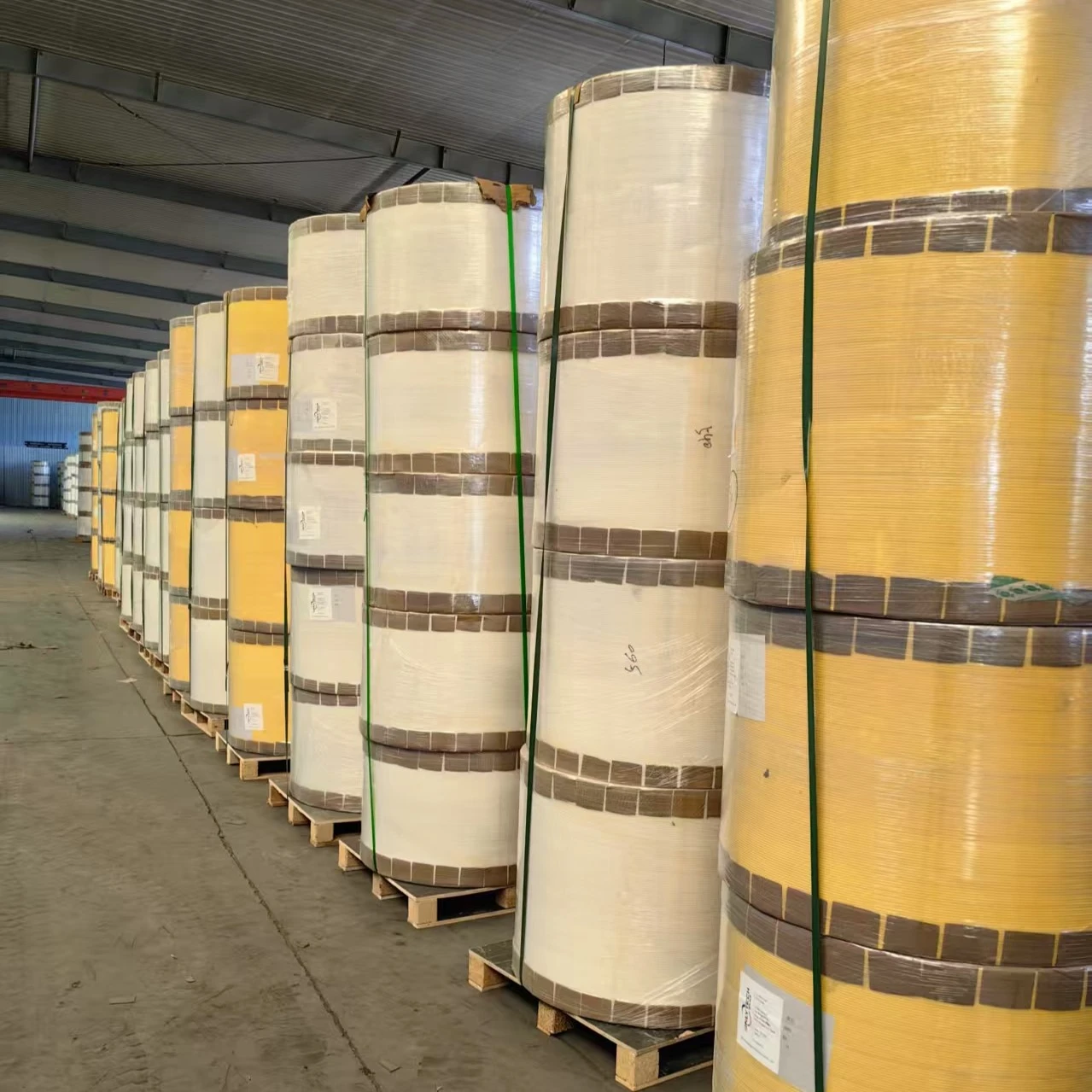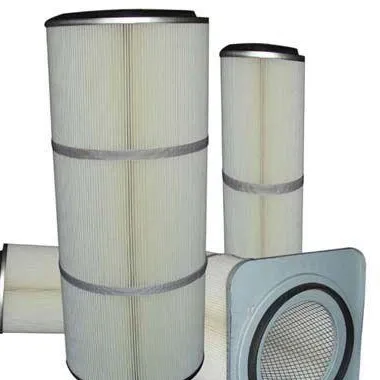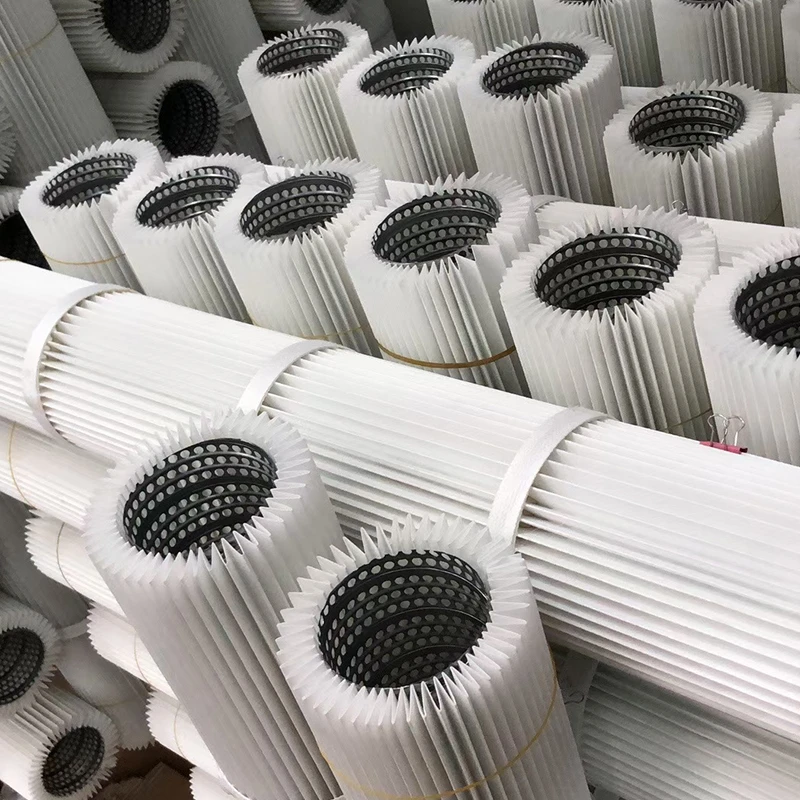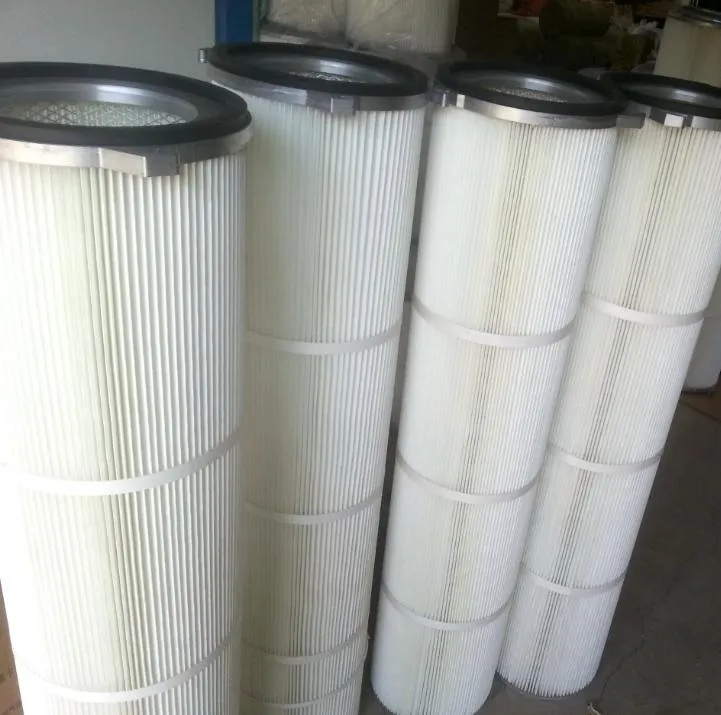 Tél :
+8615930870079
Tél :
+8615930870079
Juin . 16, 2025 14:36 Retour à la liste
Cold knowledge of air filters: Why are some designed to be pleated?
When replacing air filters, careful car owners or home appliance users may find a common feature: the filter materials of many filter elements are not simple flat structures, but are carefully folded into dense pleats. Behind this seemingly ordinary design, there are actually precise engineering considerations and scientific principles.
The primary purpose of pleat design is to maximize the filter area in a limited space. If the filter material is laid flat, its effective filter area may only be the size of the outer frame. But through precise pleat processing, the same space can accommodate 3-5 times more filter material than a flat structure. The direct benefit of this design is that it significantly increases the dust holding capacity of the filter element and extends its service life. At the same time, a larger filter area also means less resistance when air passes through, which is especially important for car engines that need to ensure air intake or home air purifiers that pursue quiet effects.
In addition to increasing the filter area, the shape and arrangement of the pleats also directly affect the uniformity of airflow distribution. Engineers use computational fluid dynamics simulations to optimize the spacing, depth, and angle of the pleats to ensure that air can pass evenly across the entire filter surface. This design avoids the "short circuit" phenomenon caused by excessive local airflow, that is, the problem of some air passing directly without being fully filtered. At the same time, uniform airflow distribution can also prevent premature local blockage of the filter material, ensuring that the filter element maintains a stable filtration efficiency throughout its service life.
The pleated structure also provides better mechanical strength for the filter element. In a vibrating environment such as the engine compartment of a car, or when a home purifier is running for a long time, the three-dimensional support structure formed by the pleats can effectively prevent the filter material from deforming or breaking. This structural stability is particularly important for filters with large flow applications, such as turbocharged models or commercial air handling equipment.
Filters in different application scenarios will use specific pleat designs. V-shaped pleats are common in home air purifiers, which maintain a compact volume while ensuring a large filtration area; industrial filter elements mostly use wavy pleats with stronger pressure resistance; and some space-constrained automotive filter elements will choose Z-shaped folding. These differentiated designs show the engineers' precise optimization for different usage environments.
It is worth noting that the pleat design is not simply the denser the better. Although overly dense pleats can further increase the filtration area, they will also increase the airflow resistance and may affect the performance of the equipment. Therefore, an excellent filter element design needs to find the best balance between the filtration area, airflow resistance and structural strength.
-
Types and Applications of Air Filtration CartridgesNouvellesJul.28,2025
-
The Role of Gas Turbine FiltersNouvellesJul.28,2025
-
Mastering Air Filter Cartridge UseNouvellesJul.28,2025
-
Advanced Turbine Filters for Modern Gas TurbinesNouvellesJul.28,2025
-
Cellulose Air Filter Cartridge Advantages in Dust FiltrationNouvellesJul.28,2025
-
Cellulose Filters for Air Particle ReductionNouvellesJul.28,2025

 E-mail:
E-mail:





